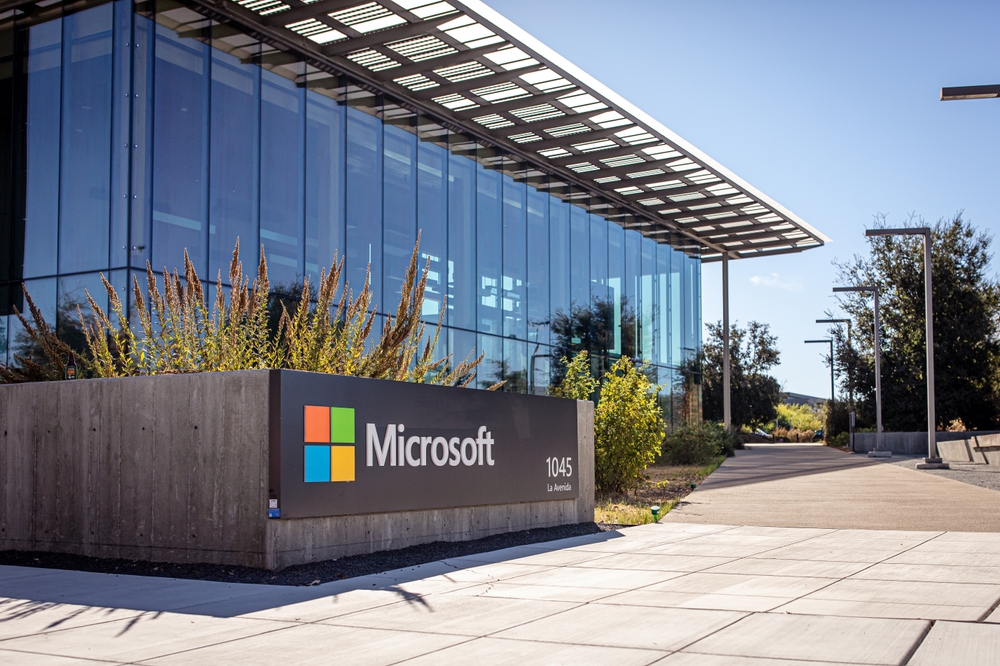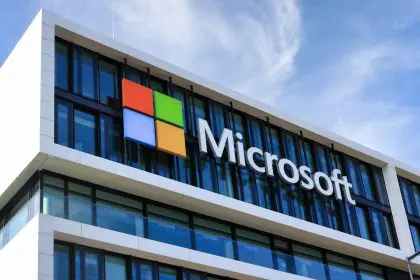Microsoft just delivered the kind of news that makes your stomach drop even if you don’t work there. Thousands of employees – real people with mortgages, families, and Friday afternoon coffee routines – got pink slips this week so the company can pour more money into teaching machines to do human jobs better than humans do them.
The layoffs hit sales and customer support teams particularly hard, which feels especially cold considering these are the people who’ve been building relationships with customers and keeping the business running while executives were dreaming up AI strategies in boardrooms. Now those same executives are essentially saying those human connections aren’t worth keeping around.
This isn’t just another round of corporate cost-cutting disguised as strategic planning. This is Microsoft making a calculated bet that artificial intelligence is worth sacrificing thousands of current employees for the possibility of future profits. The message is clear – if you’re not directly contributing to the AI revolution, you might be expendable.
The AI gold rush that’s costing real jobs
Microsoft is reshuffling its entire workforce like a deck of cards, moving money and people around to focus almost exclusively on artificial intelligence development. They’re not just trimming fat or eliminating redundant positions – they’re fundamentally restructuring what kind of company they want to be, and apparently that doesn’t include as many human employees.
The company is doubling down on AI infrastructure, cloud capabilities, and the kind of advanced computing power that makes generative AI possible. Every dollar that used to go toward human salaries in traditional roles is now being redirected toward servers, algorithms, and the specialized talent needed to build AI systems.
This represents a massive philosophical shift about the value of human workers versus technological capability. Microsoft is essentially betting that AI will generate more revenue than the human employees they’re letting go, which is a pretty stark calculation when you think about the actual people affected.
The repeat performance nobody wanted to see
These aren’t even the first layoffs of the year for Microsoft. The company has been steadily trimming its workforce throughout 2024, creating an atmosphere of uncertainty for employees who are probably wondering if they’re next on the chopping block. Each round of cuts chips away at job security and workplace morale while executives talk about exciting AI futures.
The pattern is becoming depressingly predictable across the tech industry. Companies announce strong earnings and promising growth prospects, then immediately follow up with layoff announcements justified by the need to invest in artificial intelligence. It’s like a twisted version of success where profitability somehow requires fewer human employees.
This cycle of repeated workforce reductions creates a climate of fear and instability for remaining employees, who have to watch their colleagues get eliminated while being expected to maintain productivity and enthusiasm for company goals that apparently don’t include job security.
The enterprise demand driving human displacement
Microsoft justifies these job cuts by pointing to growing enterprise demand for AI services like Azure OpenAI and Copilot. Companies are apparently lining up to pay for artificial intelligence capabilities, creating a revenue opportunity that Microsoft doesn’t want to miss by maintaining expensive human workforces.
The irony is that enterprise customers are buying AI services that will likely eliminate jobs at their own companies too. It’s a cascading effect where Microsoft’s AI tools will help other businesses reduce their human workforces, creating a cycle of technological replacement that benefits shareholders while displacing workers across multiple industries.
This enterprise demand represents a fundamental shift in how businesses view human labor versus technological solutions. When companies are willing to pay premium prices for AI that can replace human tasks, it creates powerful economic incentives for providers like Microsoft to prioritize AI development over human employment.
The competitive pressure that’s crushing job security
Microsoft isn’t making these cuts in isolation – they’re responding to aggressive AI investments from competitors like Google, Amazon, and Meta. This has created an arms race where tech companies feel pressured to sacrifice human jobs to fund AI development, or risk being left behind in what they see as the most important technological shift in decades.
The competitive dynamic means that even profitable companies with strong financial positions are eliminating jobs to redirect resources toward AI research and development. It’s not about financial necessity – it’s about maintaining competitive position in a race where human employees are seen as a burden rather than an asset.
This competition is driving a race to the bottom in terms of job security, where companies feel they have to eliminate human roles to afford the massive investments required to compete in artificial intelligence. The human cost of this technological competition is being treated as an acceptable sacrifice for corporate strategy.
The earnings paradox that makes layoffs sting worse
Perhaps the most frustrating aspect of these layoffs is that Microsoft reported strong earnings earlier this year. This isn’t a struggling company desperately cutting costs to survive – this is a profitable enterprise choosing to eliminate jobs to become even more profitable through AI investments.
When companies with healthy financial performance eliminate thousands of jobs, it sends a clear message about priorities. Shareholders and AI development matter more than the human employees who helped create that financial success in the first place. It’s a betrayal of the social contract between employers and workers.
The strong earnings make these layoffs feel particularly callous because they demonstrate that job elimination isn’t driven by necessity but by optimization. Microsoft can afford to keep these employees – they’re choosing not to because they believe AI investments will generate better returns than human workers.
The future workforce that’s taking shape
These layoffs offer a preview of what the future workforce might look like – smaller, more specialized, and heavily focused on AI development rather than traditional business functions. Microsoft is essentially showing other companies a blueprint for how to restructure around artificial intelligence priorities.
The employees who survive these cuts are probably wondering what skills they need to develop to remain relevant in an AI-focused organization. The message seems to be that unless you’re directly contributing to AI development or managing AI systems, your job security is questionable at best.
This workforce transformation raises serious questions about what happens to all the displaced workers and whether the economic benefits of AI will be shared broadly or concentrated among a small group of technology companies and their remaining specialized employees.
The human cost of the AI revolution
Behind every layoff announcement are real people whose lives are being disrupted so companies can chase AI profits. These aren’t just numbers on a spreadsheet – they’re individuals who have to explain to their families why their jobs disappeared despite strong company performance and promising AI revenues.
The speed and scale of these AI-driven layoffs suggests that the technological transition is happening faster than society’s ability to adapt or provide support for displaced workers. Companies are moving quickly to capture AI opportunities while leaving the human consequences for others to deal with.
Microsoft’s decision represents a broader trend where the benefits of AI advancement are being captured by companies and shareholders while the costs are being imposed on workers who lose their jobs. It’s a distribution of AI’s impact that prioritizes technological progress over human welfare, and it’s happening across the entire tech industry with little consideration for the broader social implications.


















